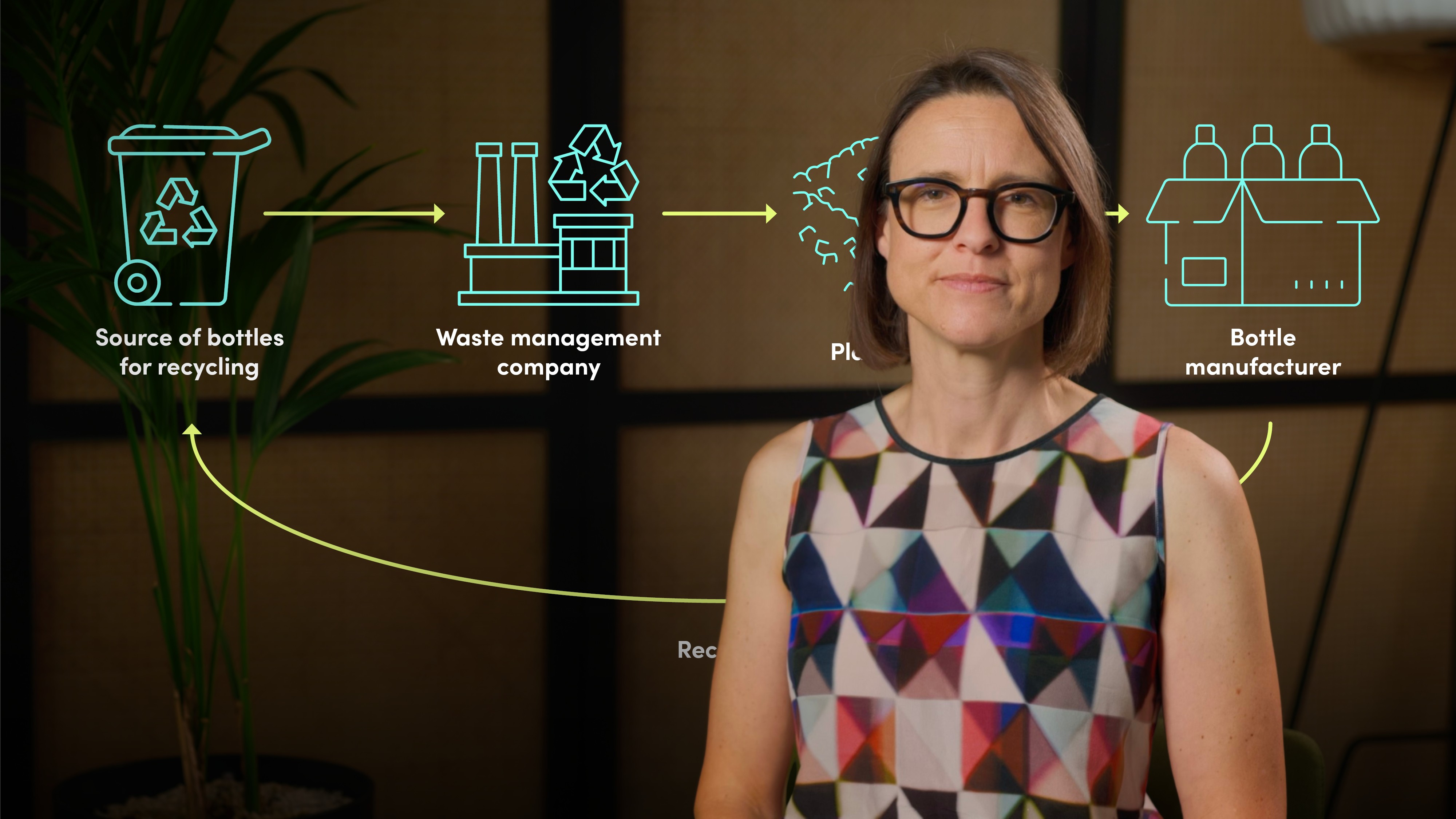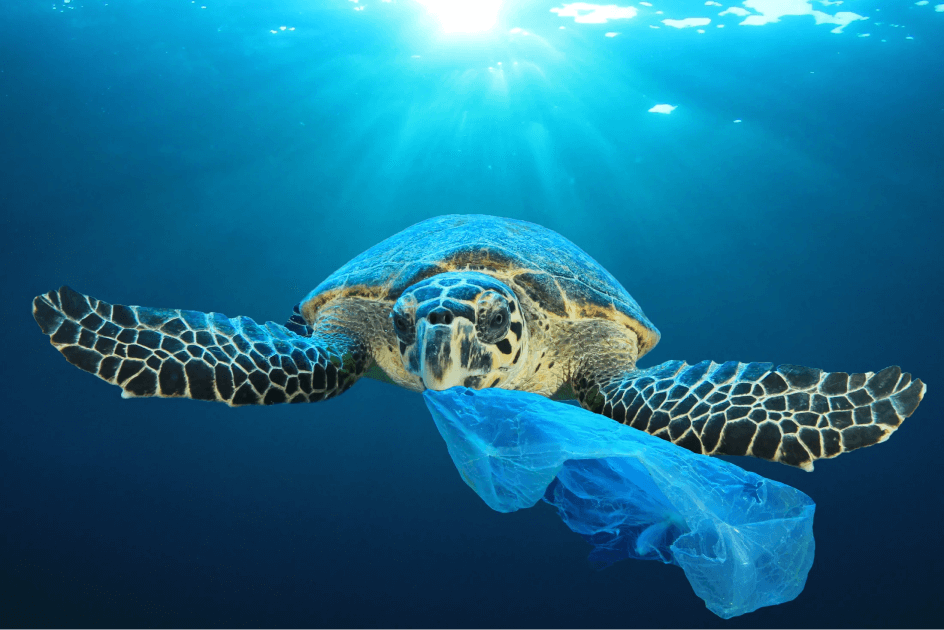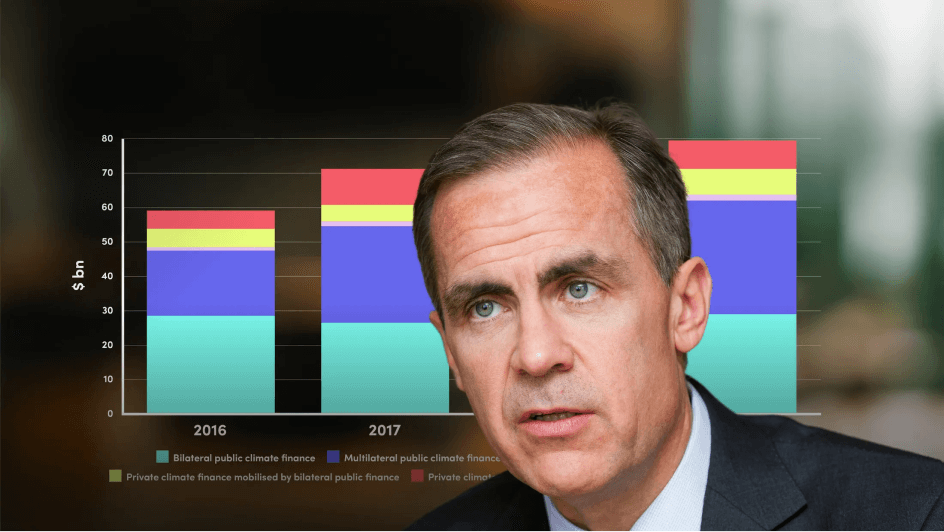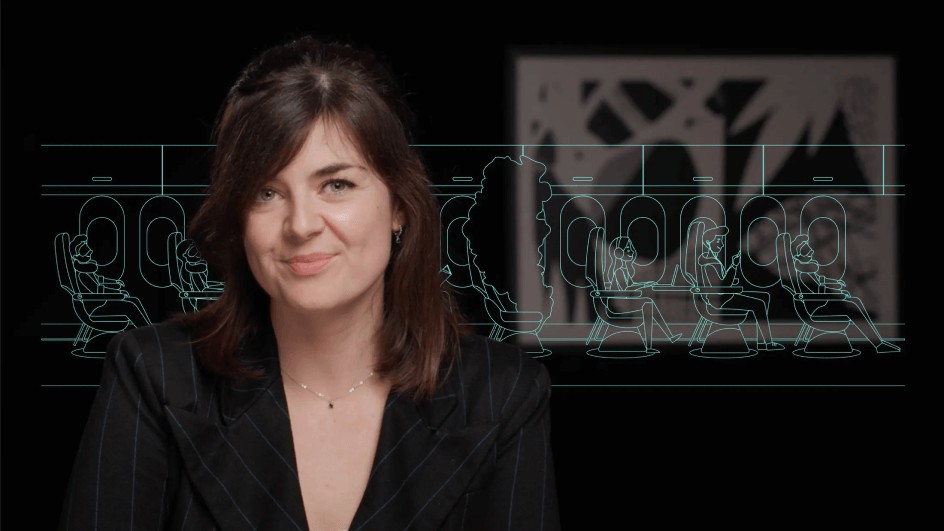
Practitioner's Guide to ESRS E5 II

Michelle Horsfield
25 years: Sustainable Finance
In this video, Michelle Horsfield discusses the implementation of ESRS E5, which focuses on resource use and the circular economy. She covers IRO management, policies & targets, measuring performance and finally the financial effects related to resource use.
In this video, Michelle Horsfield discusses the implementation of ESRS E5, which focuses on resource use and the circular economy. She covers IRO management, policies & targets, measuring performance and finally the financial effects related to resource use.
Subscribe to watch
Access this and all of the content on our platform by signing up for a 7-day free trial.

Practitioner's Guide to ESRS E5 II
14 mins 4 secs
Key learning objectives:
Understand the LEAP methodology for identifying impacts, risks, and opportunities (IRO) related to resource use
Outline the key policy and target setting requirements for managing resource use and circular economy practices
Understand the performance measures for resource inflows and outflows
Recognise the importance of partnerships in transitioning to a circular economy model
Overview:
Subscribe to watch
Access this and all of the content on our platform by signing up for a 7-day free trial.
- Locate: Pinpoint where in the value chain activities intersect with resource use and circular economy practices
- Evaluate: Assess dependencies on resources and their environmental impacts
- Assess: Determine the risks posed by resource scarcity and identify opportunities to enhance resource efficiency
- Prepare: Compile findings into a comprehensive materiality assessment and outline strategies
Subscribe to watch
Access this and all of the content on our platform by signing up for a 7-day free trial.

Michelle Horsfield
There are no available Videos from "Michelle Horsfield"





























